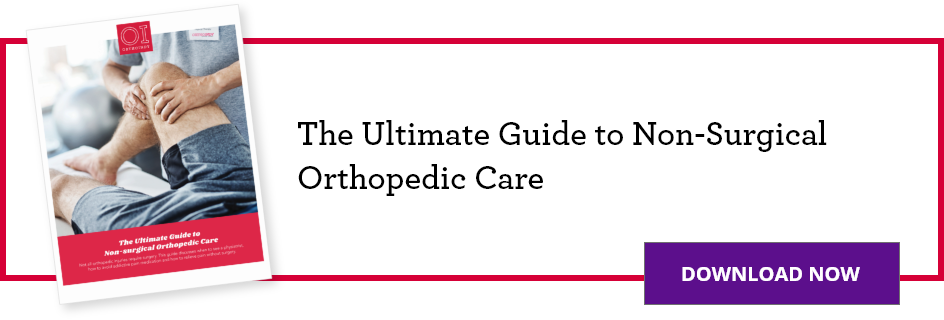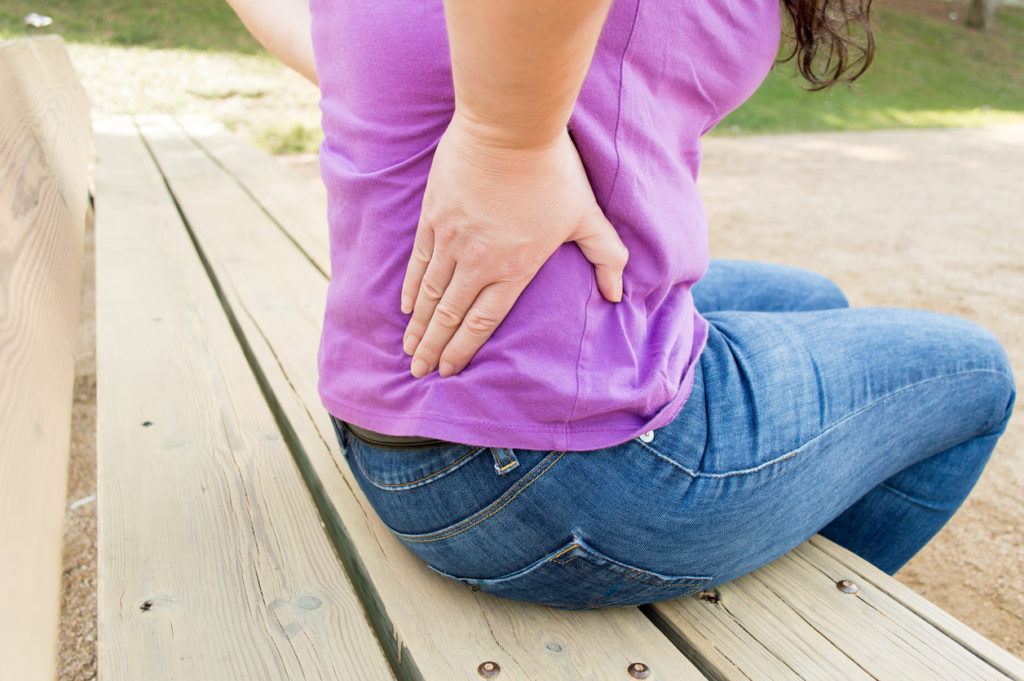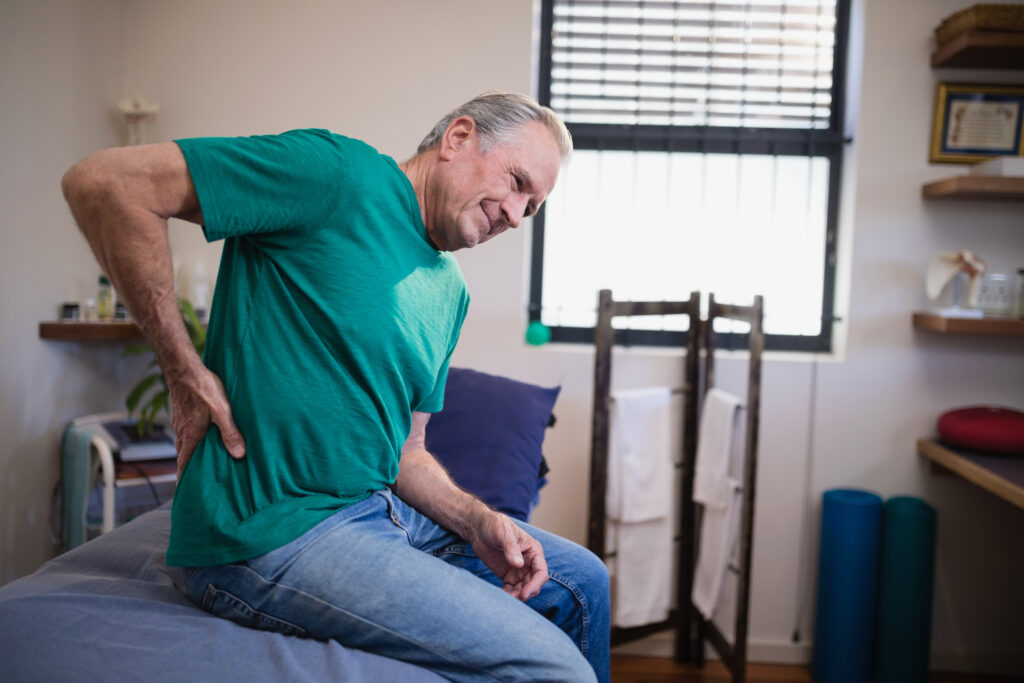THIS POST IS PART OF THE ULTIMATE GUIDE TO NON-SURGICAL ORTHOPEDIC CARE
Bone spurs are little bony projections that grow on the edges of your bones, usually near the joint. Bone spurs on your hip often happen because your cartilage starts to break down and osteoarthritis develops. The bone spur forming is your body’s way to protect your weak joint. Hip bone spurs do not always cause symptoms, and they can go undetected for years.
What is the function of the hip?
Your hip is the largest ball and socket joint in your body. The rounded end of your thigh bone (femur) fits into the circular depression in your hip (pelvis).
Cartilage is the thick, shiny white cushioning between your bones. Over time, the cartilage breaks down until there is no space between two bones and they rub together, causing stiffness, pain and restricted range of motion.
When this occurs, tiny bone growths form on the edge of your bones near the joints to provide protection where the cartilage once protected.

What causes a bone spur on your hip?
The most common cause of bone spurs in the hip happens when your joints begin deteriorating, which is called osteoarthritis. This arthritis is caused by long term wear and tear on your joint and usually occurs in older adults.
Other causes of hip bone spurs include:
- Injuries
- Overuse
- Genetics
- Age
- Hip Dysplasia
- Diet
- Obesity
DOWNLOAD OUR ULTIMATE GUIDE TO A HEALTHY LIFESTYLE
What does a hip bone spur feel like?
Bone spurs often go unnoticed. These bony growths won’t cause you problems unless they press up against a nerve, tendon or something else in your hip. If this happens, possible symptoms include:
- Pain in the hip
- Stiffness when bending or moving your hip
- Cramps, weakness or muscle spasms
If you are experiencing pain, exercise could make your symptoms worse and even cause the bone spur to break off and become a “loose body.” That loose body can lock up your joint and make it harder to move.
Since bone spurs don’t cause symptoms, the most common way to find one is when you are having an X-ray for a different condition. Hip bone spurs can cause knee pain as well.
How do you know if you have a bone spur?
To determine whether you have hip bone spurs, your physician will ask you for a complete medical history, have you describe your symptoms and conduct a physical examination. An X-ray or MRI may be necessary to confirm the diagnosis and determine if there are other problems.
MAKE AN APPOINTMENT WITH AN ORTHOINDY HIP SPECIALIST
What can be done for bone spurs in the hip?
Hip bone spurs don’t require treatment unless they are bothering you. If they are causing you pain, your physician may suggest non-operative solutions. Usually treatment will begin with over the counter pain medication, and if that doesn’t work, there are a few other methods available.
Some non-operative treatments include:
- Weight loss
- Physical therapy
- Cortisone injections
- PRP injections*
- Tissue and cell injections*
*To avoid surgery, new studies show PRP and tissue and cell injections are an effective treatment to help ease pain caused by bone spurs. Ask your physician if you’re a candidate for these orthobiologic therapies. These injections are not guaranteed to take effect, but when they work, they may help decrease pain and improve function.
Surgery is very rarely recommended. If none of these treatments are effective, surgery to remove the extra bone may be suggested.
How do you prevent bone spurs?
Since they are usually the result of arthritis, contracting a bone spur in your hip after arthritis begins is inevitable.
Staying at a healthy weight and maintaining an active lifestyle will keep your joints healthy and could postpone arthritis and bone spurs.
Fortunately, most cases of bone spurs in the hip will not cause you any symptoms and you may never know they exist. If you begin to feel uncomfortable due to them, contact your physician and see what treatment will help you get back to an active lifestyle.
LEARN MORE ABOUT NON-OPERATIVE CARE AT ORTHOINDY
Schedule an appointment
Your well-being is important to us. Click the button below or call us to schedule an appointment with one of our orthopedic specialists. If your injury or condition is recent, you can walk right into one of our OrthoIndy Urgent Care locations for immediate care. For rehabilitation and physical therapy, no referral is needed to see one of our physical therapists.





